Category: SS Lesson – Book of Mormon
-
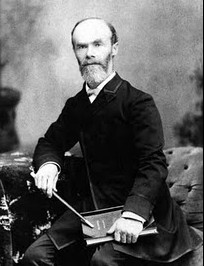
Literary BMGD #23: Our Missionaries
Much of the Book of Alma covers Alma’s missionary efforts in the land of the Nephites, and in this week’s chapters, Alma 8-12, he meets and preaches with his principle missionary companion, Amulek. Unlike the experiences of the sons of Mosiah, Alma and Amulek’s experiences aren’t always successful in the end. Instead, they face many…
-
Literary BMGD #22: The Christian’s Temptation and Triumph
The oft-described poverty and pride cycle in the Book of Mormon means that the peoples in Zarahemla and elsewhere repeatedly have to repent, generally in response to preaching or adversity. The first few chapters of Alma are no exception. In chapters 5-7, Alma preaches repentance, urging them to experience a “mighty change” of heart, and…
-
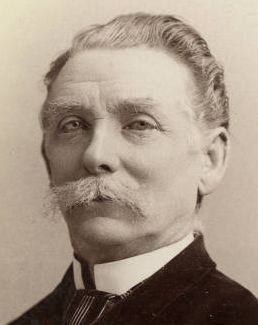
Literary BMGD #21: Our Kings
In the final chapter of Mosiah, King Mosiah and his people face the fundamental political question—what form of government to choose. After Mosiah demonstrates the potential problems with a monarchy, the people choose a more democratic form of government, under the rule of judges. As the first chief judge, Alma then discovers that even democracy…
-
Literary BMGD #20: No one doth know
The principal event in Mosiah 25-28, which is also beautifully and familiarly described in Alma 36, is Alma the Younger’s miraculous conversion. To capture this, I looked for a literary work in the public domain that expressed either the agony that Alma felt or the ecstasy he obtained after his acceptance of the Lord.
-
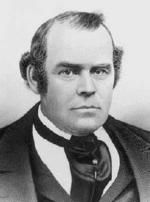
Literary BMGD #19: Baptism
I think the most significant event in Mosiah 18-24 is the baptism of Alma and his followers in the Waters of Mormon. There we find the great description of the Baptismal covenant, in which those baptized …are willing to mourn with those that mourn; yea, and comfort those that stand in need of comfort, and…
-
Literary BMGD #18: O give me back my Prophet dear
Perhaps the most striking part of the Book of Mormon covered in lesson 18 is the martyrdom of Abinadi. Like many martyrs who have suffered since his time, Abinadi testified of what he knew to be true only to find his testimony rejected and his life taken for it. He sealed his testimony with his…
-
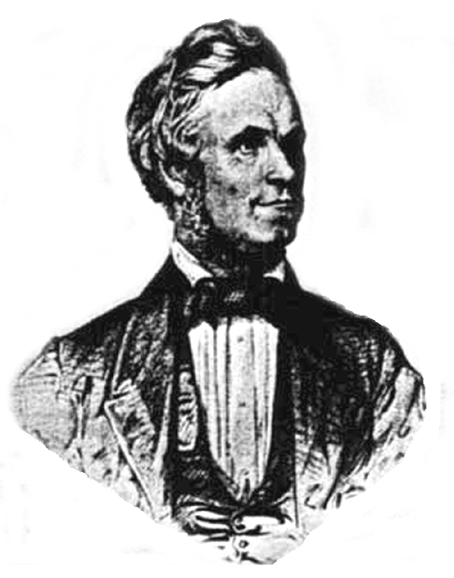
Literary BMGD #17: The Seer
Often LDS lessons based on the scriptures cover such a broad range of topics in the scriptures given that the stated theme of the lesson doesn’t capture what is going on in the scripture passages. While this lesson is certainly one of those times, the poem I found is really about the stated theme of…
-
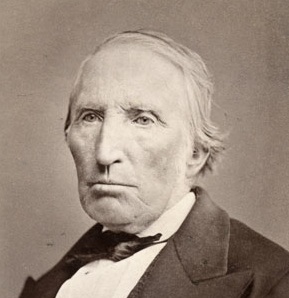
Literary BMGD #16: Forgiveness
The culmination of King Benjamin’s address to his people was the “mighty change” they experienced which led them to repent and covenant to keep the commandments and to seek to do good continually. While the scripture says that they “had no more disposition to do evil,” given the later history of this people, we might…
-
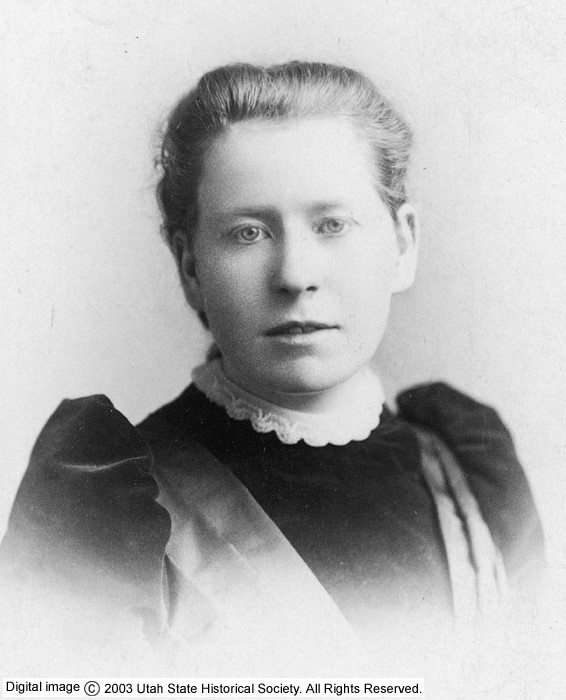
Literary BMGD #15: If I Had Time
King Benjamin’s oft-cited dictum that service to our fellow man is service to God is well known among Mormons. And, if surveys like the recent University of Pennsylvania survey are accurate, Mormons do quite well putting the idea in practice. Still, better than others doesn’t mean that we are where we should be or ought…
-
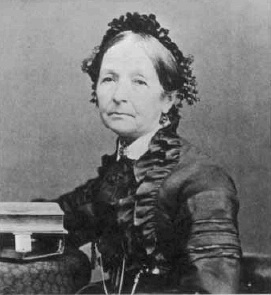
Literary BMGD #14: Awake! ye Saints of God awake!
Perhaps the most dramatic incident in gospel doctrine lesson #14 is Enos’ prayer; an example that has no doubt led many LDS Church members to wonder about their persistence and perseverance in prayer. Indeed, Enos’ story of his prayer is generally taken as a lesson in how to pray and what prayer means. It might…
-
Literary BMGD #13: Pratt’s Historical Sketch
While eclipsed by the Iron Rod imagery in Nephi, the Olive Tree imagery in Jacob is still well-known and referred to frequently. Like so much of Mormon theology, it attempts to give an explanation for the whole swath of human history and show that we are in the last days. Since both images are unique…
-
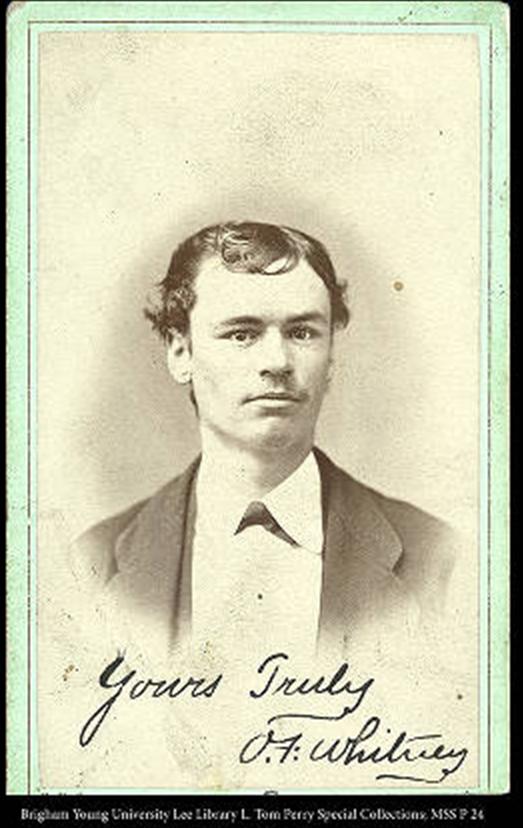
Literary BMGD #12: Aristocracy
A major element of Jacob’s sermon in Jacob 2 is his condemnation of pride and those caught up in their riches. In that sermon, Jacob not only preaches against pride, but argues for equality, saying “Think of your brethren like unto yourselves, and be familiar with all and free with your substance, that they may…
-
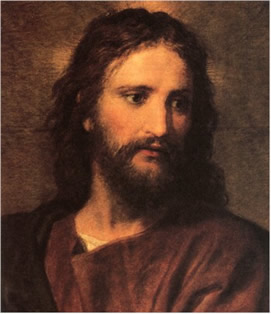
Literary BMGD #11: Eternity of Matter
In Nephi’s final writings (2 Ne. 31, discussed in Book of Mormon Gospel Doctrine lesson 11) he teaches about the “doctrine of Christ,” focusing on Christ’s baptism and redemption of the world from sin and on urging his readers to “endure to the end.” This doctrine is the heart of the gospel, the key element…
-
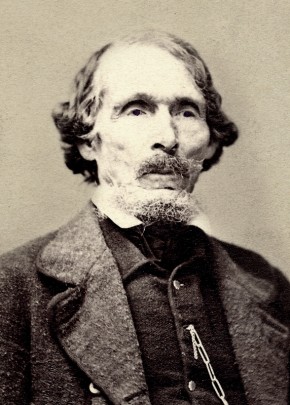
Literary BMGD #10: An angel came down from the mansions of glory
Perhaps the most common theme in early Mormon poetry is the restoration. But while the Book of Mormon itself prophesies about the restoration (as it does in the 10th Book of Mormon lesson), it wasn’t until this hymn was published in 1833 that Mormon poetry addressed the subject. Of course, soon after the Restoration became…
-
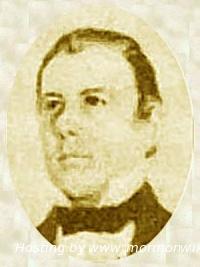
Literary BMGD #9: A Paraphrase of Isaiah 60
Scripture is often repeated in scripture, and poets have rarely been shy about re-using lines of poetry, often without attribution. Plagiarism is everywhere, and our view of it as a faux pas is really relatively recent—this view is certainly more recent than the mid 19th century, when Mormon newspapers started churning out poetry and other…
-
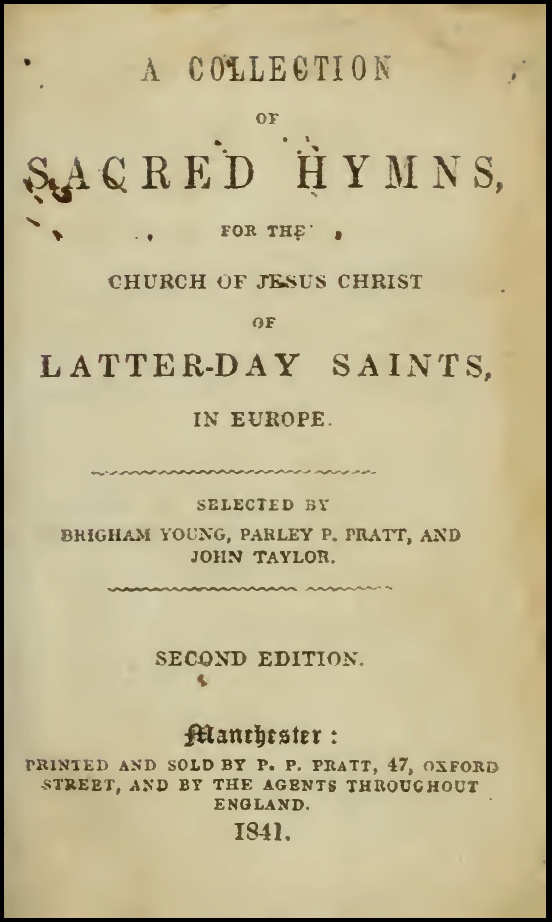
Literary BMGD #8: Twas on that dark, that solemn night
Active Mormons hear poetry about the atonement each Sunday in the sacrament hymn, so finding a poem to go with Jacob’s discourse on the atonement in 2 Nephi 9 isn’t too much of a burden. The hard part is finding something that isn’t already well known and is unique to Mormonism, which I’ve generally tried…
-

Literary BMGD #7: Joseph, From Out of the Dust
Lehi’s final counsel in the Book of Mormon is to his son Joseph makes an interesting literary link between Joseph in Egypt, Joseph the son of Lehi and Joseph Smith, Jr. But, LDS authors have largely ignored this link, especially before 1900, when any mention of Joseph was usually a reference to Joseph Smith, Jr.…
-

Literary BMGD #6: Man’s Free Agency
One of the fascinating things that happen in Lehi’s fatherly advice to Jacob in 2 Nephi 1 and 2 is that he tries to put together an overall philosophical basis for the gospel. Here the war in Heaven is related to our ability to choose, the fall is related to the atonement, and our choices…
-
Literary BMGD #5: Trials
The story of Lehi’s family and their travels to the promised land perhaps reaches its height in the crisis point during the storm while they are on board the ship they built. The internal divisions within the family have lead to yet another dispute, and the Lord puts them through a trial to help them…
-
Literary BMGD #4: On the Latter-day Dispensation
From a literary point of view the second part of Nephi’s vision, his vision of the future, is very like an epic. It covers a broad sweep of human history and mentions the actions of a series of heroes and heroic groups who have an impact on the fate of humanity. Unfortunately, the broad nature…
-
BMGD #4: 1 Nephi 12-14
Note that I will not be posting notes for lesson #5; I’m taking the week off. (Notes for lesson #6 should be right on schedule, however.) Also note that when I teach this, I plan on covering 1 Nephi 11-15, since I think it makes more sense to treat Nephi’s vision in its entirety and…
-
Literary BMGD #3: Hymn of Praise
While perhaps not the most important symbol in the Vision of the Tree of Life (1 Nephi 8-11), the Iron Rod may be the one that has received the most attention, at least in recent decades[fn1]. But I think I was able to find something that kind of fit with the whole vision instead of…
-
BMGD #3: 1 Nephi 8-11; 12:16-18; 15
This isn’t a lesson; it is the notes from which I will prepare a lesson.
-
Literary BMGD #2: The Pilgrims’ Hymn
In looking for a literary work to go with the second Gospel Doctrine lesson this year, I was struck by some of the parallels between what Nephi experiences in the first few chapters in the Book of Mormon and what the early Mormons went through in traveling to Utah. Many of those we call the…
-
BMGD #2: 1 Nephi 1-7
Again, this isn’t a lesson. It is the notes from which I will prepare a lesson. Sorry it is so long. (The rabbit trail of the week was related to the killing of Laban, but I don’t plan on discussing that with my class.)
-
Literary BMGD #1: Address to the Book of Mormon
I’m pleased that Julie has begun a series of posts that cover this year’s lessons on the Book of Mormon. With this post I will begin a kind of companion series: Mormon poetry and literary texts that can accompany each week’s lessons. Since Mormon literature often gets short shrift (usually from those who haven’t actually…
-
BMGD #1: Introduction
These are the notes from which I will create my Sunday School lesson. It is not a Sunday School lesson, unless your ward has Sunday School for five hours and a high tolerance for rabbit trails that happened to catch my interest.
